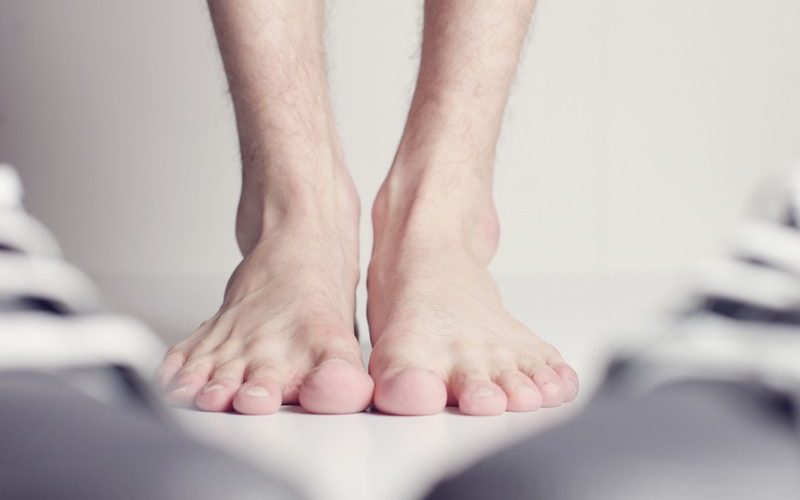Exploring Sydney’s Tailored Housing Solutions for Specialist Disability Accommodation

Specialist disability accommodation (SDA) is a housing solution for people with extreme functional impairment and high support needs. It is part of the National Disability Insurance Scheme (NDIS) and includes specialised features like wider doorways, custom bathroom facilities, ceiling hoists, and assistive technology.
The right residential care or housing option can enable you to pursue your goals and aspirations. However, it’s important to understand the differences between SIL and SDA before choosing which type of accommodation is right for you.
Exploring Sydney’s Tailored Housing Solutions
The recent Australian housing affordability crisis has highlighted the need for new and innovative solutions. This is particularly true for people with disability, who face unique challenges when looking for accommodation. This is especially the case in Sydney, where high interest rates and rising property prices make it harder to buy or rent a suitable home.
In this context, many people with disability are choosing to live in informal and improvised housing arrangements, such as secondary dwelling units or boarding house rooms. In this research, a rich and empirically based case study was conducted to explore the scale of these arrangements in Sydney’s low cost rental market. Its findings indicate that secondary dwelling units and boarding house rooms constitute a significant percentage of the lower cost rental housing market in Sydney, even though local government planning reforms have deregulated residential controls for such units and privatised building control functions.
This research highlights the need for a new approach to residential supports that places the person at the centre of decisions on where they live and who they live with, and that uses a system model framework with personalised support services that coordinate with formal supports and focus on quality of life outcomes. While this approach is not a new concept, it is one that has been slow to evolve and needs to be given greater priority.
Assessing Your Needs
You can find accommodation that is tailored to your specific disability needs by working with the right team of professionals. This process involves assessing your current circumstances, lifestyle goals, abilities, and support requirements. You may also need to consider the type of assistance you receive in daily living activities.
To qualify for Specialist Disability Accommodation (SDA) funding, you must be an NDIS participant with functional impairment or very high support needs. You must also be unable to safely live in mainstream housing, even with the help of supports.
Once you have been approved for SDA funding, you can work with a Specialist Disability Accommodation provider to create an individualized housing solution. These providers specialise in creating living spaces that enhance independence, comfort, and wellbeing. They also have access to the latest technology and resources that can be used to build or modify a home, making them an ideal choice for individuals who want to improve their quality of life.
In order to maximise your independence, you need to ensure that the housing you choose is located close to your family, friends, support networks, and public transport. You should also make sure that it is safe, accessible, and comfortable. For example, if you have mobility limitations, look for accessible living spaces with wider doors and ramps. You may also need to think about the level of support you require in daily living activities, such as meal preparation and housekeeping.
Collaborating with Disability Support Workers
Specialist disability accommodation in Sydney (SDA) is a type of housing that offers people with severe disabilities a safe and accessible place to call home. When paired with on-site support services, it empowers individuals to access the help they need and enhance their overall quality of life.
SDA is available to participants of the NDIS who meet specific criteria. These include extreme functional impairment or high support needs and an approved NDIS plan. The NDIS pays for the SDA dwelling while participants pay a reasonable rent contribution and other day-to-day living costs.
To ensure that the SDA you choose meets your unique requirements, it’s important to collaborate with disability support workers. They will be able to assess your individual needs and recommend the most suitable type of housing for you. Together, you can create a tailored living environment that promotes independence and fosters community involvement.
Choosing the Right Provider
When choosing a SDA provider, it’s important to choose one with experience in providing personalised services for individuals living with disabilities. Choosing a provider with extensive expertise with SDA like Breakthru means finding a team who understands that every individual’s needs and preferences are unique, and can work with them to achieve the best outcomes.
NDIS participants can opt to live in either a shared home with a number of other eligible people (sometimes called a group home), or they can choose to live on their own. Each option has its own benefits. Living with other people can be a great way to make new friends and expand your community, while living on your own may suit those who prefer to have their own privacy.
The cost of your SDA will depend on your circumstances, and the amount of NDIS funding that can be accessed depends on your location, SDA building type, and SDA design category. These parameters will help you find the right housing solution that meets your needs and budget.
Finding the right housing solution, particularly for individuals with disabilities, requires careful consideration of various factors including individual needs, support requirements, and personal preferences. Tailored housing solutions such as Specialist Disability Accommodation (SDA) offer a path towards independence, comfort, and improved quality of life. Collaborating with experienced providers who prioritise personalised support services is crucial in navigating the complexities of accessing suitable accommodation. By working together with disability support workers and leveraging available resources, individuals can embark on a journey towards finding a home that not only meets their physical requirements but also fosters a sense of belonging and community involvement.


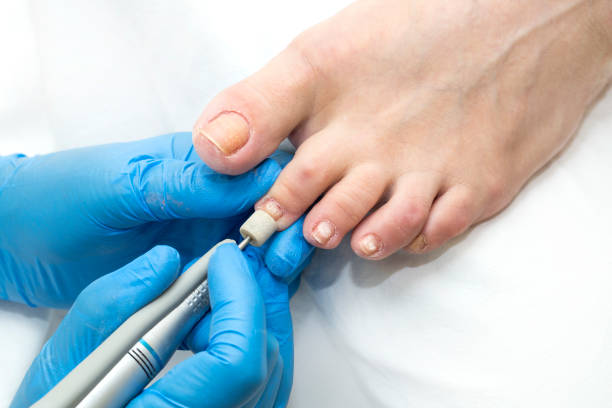
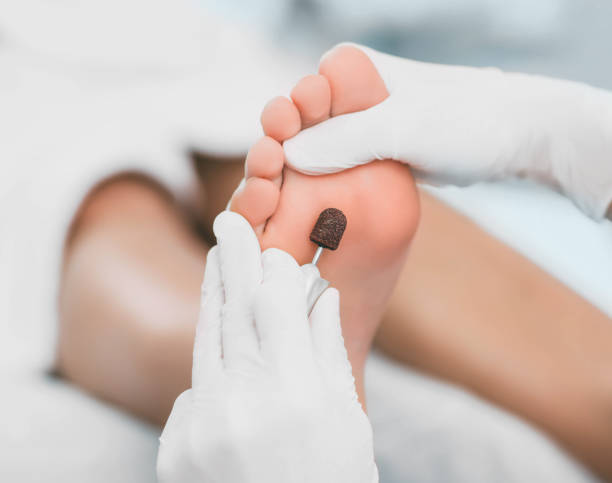



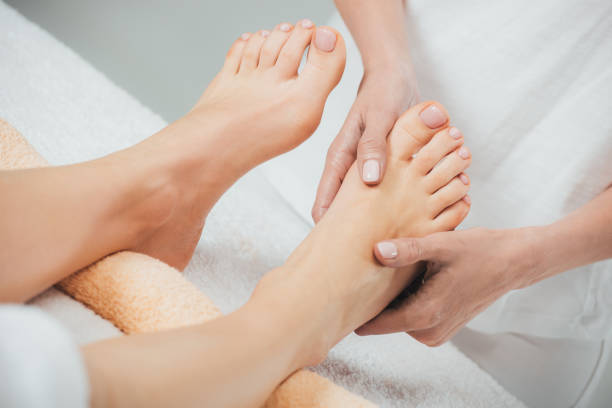





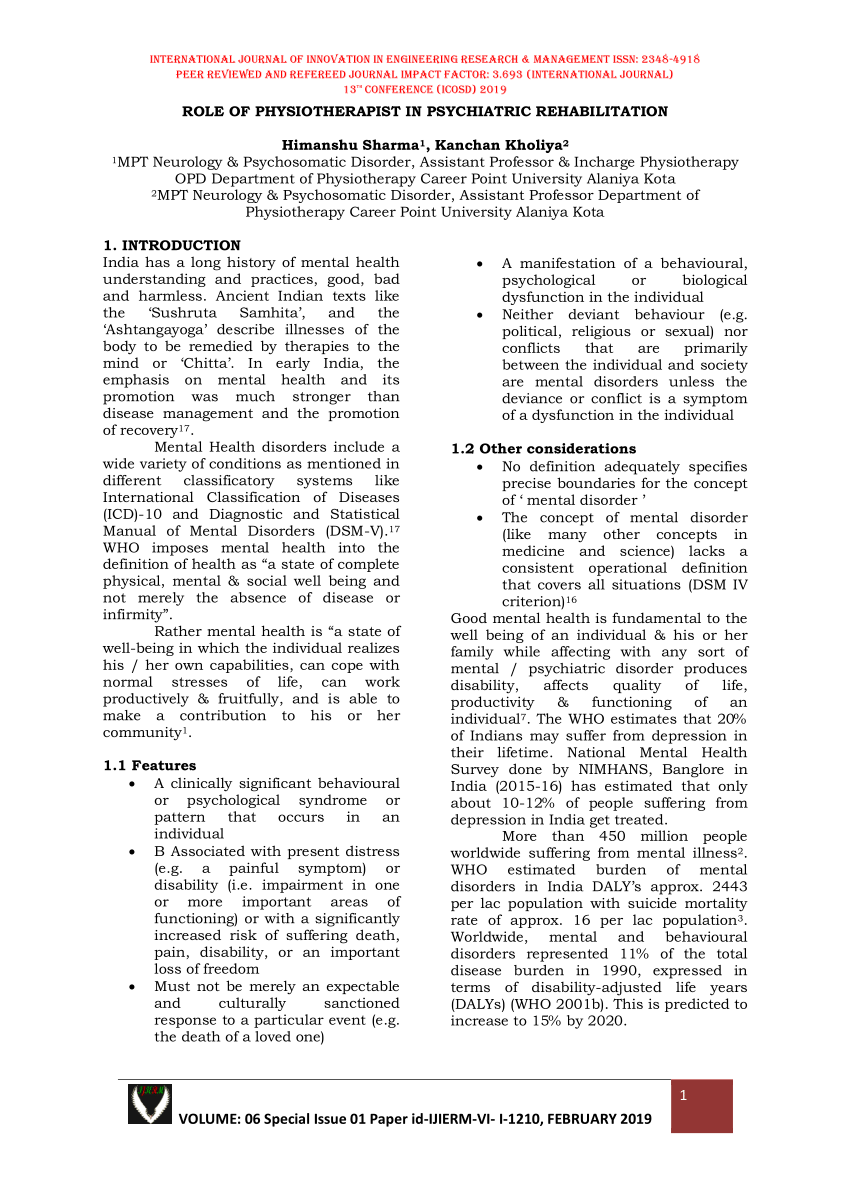



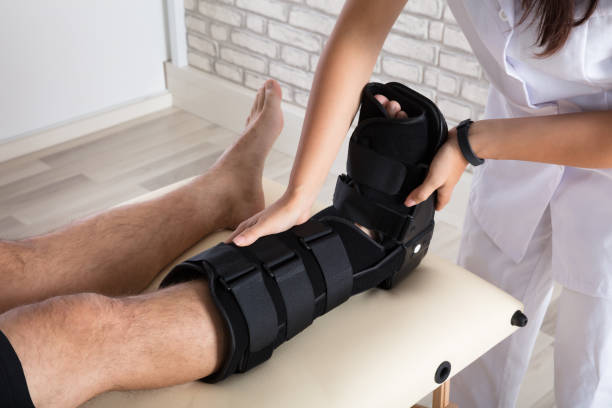

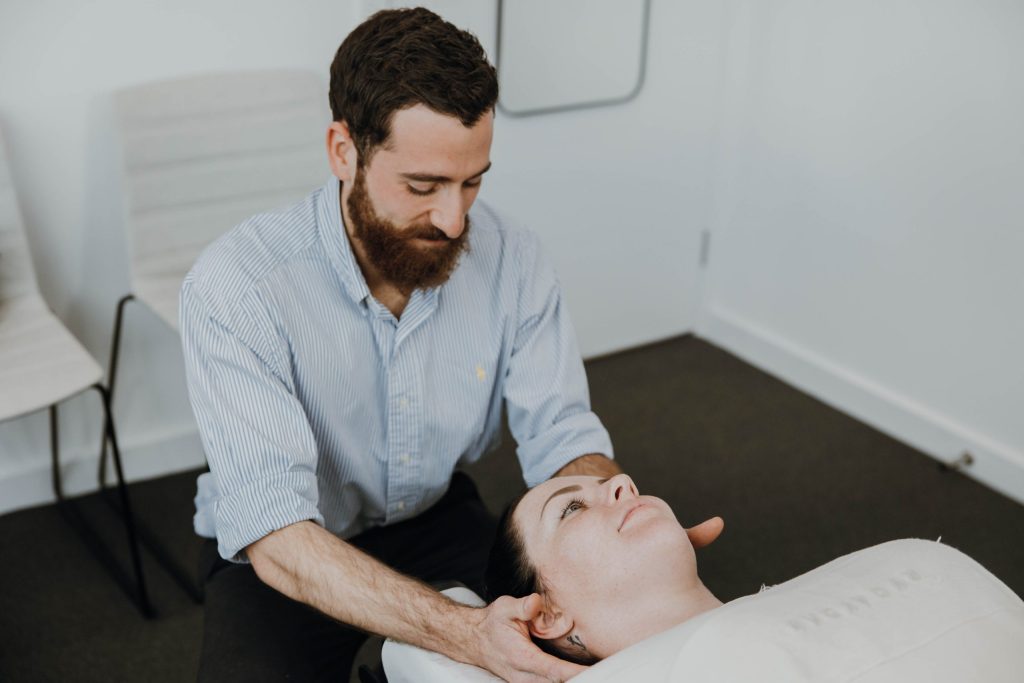



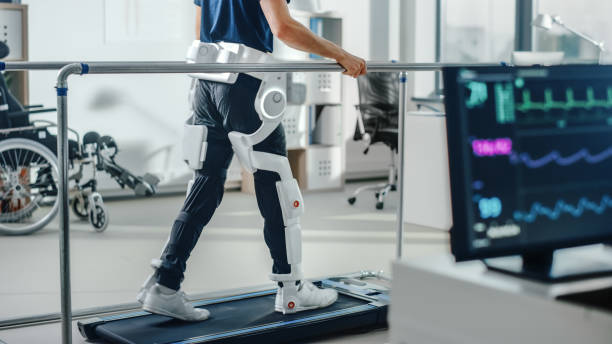





 The most common reason for undergoing breast reduction surgery is the size of the breasts. However, breast reduction can be performed earlier if the enlarged breasts cause physical discomfort. The ideal candidate for this surgery is healthy enough to understand the procedure, has realistic expectations and has stopped growing their breasts. When it comes to surgery, a surgeon needs to remove excess tissue, fat and skin to reduce the size of the breasts.
The most common reason for undergoing breast reduction surgery is the size of the breasts. However, breast reduction can be performed earlier if the enlarged breasts cause physical discomfort. The ideal candidate for this surgery is healthy enough to understand the procedure, has realistic expectations and has stopped growing their breasts. When it comes to surgery, a surgeon needs to remove excess tissue, fat and skin to reduce the size of the breasts.
